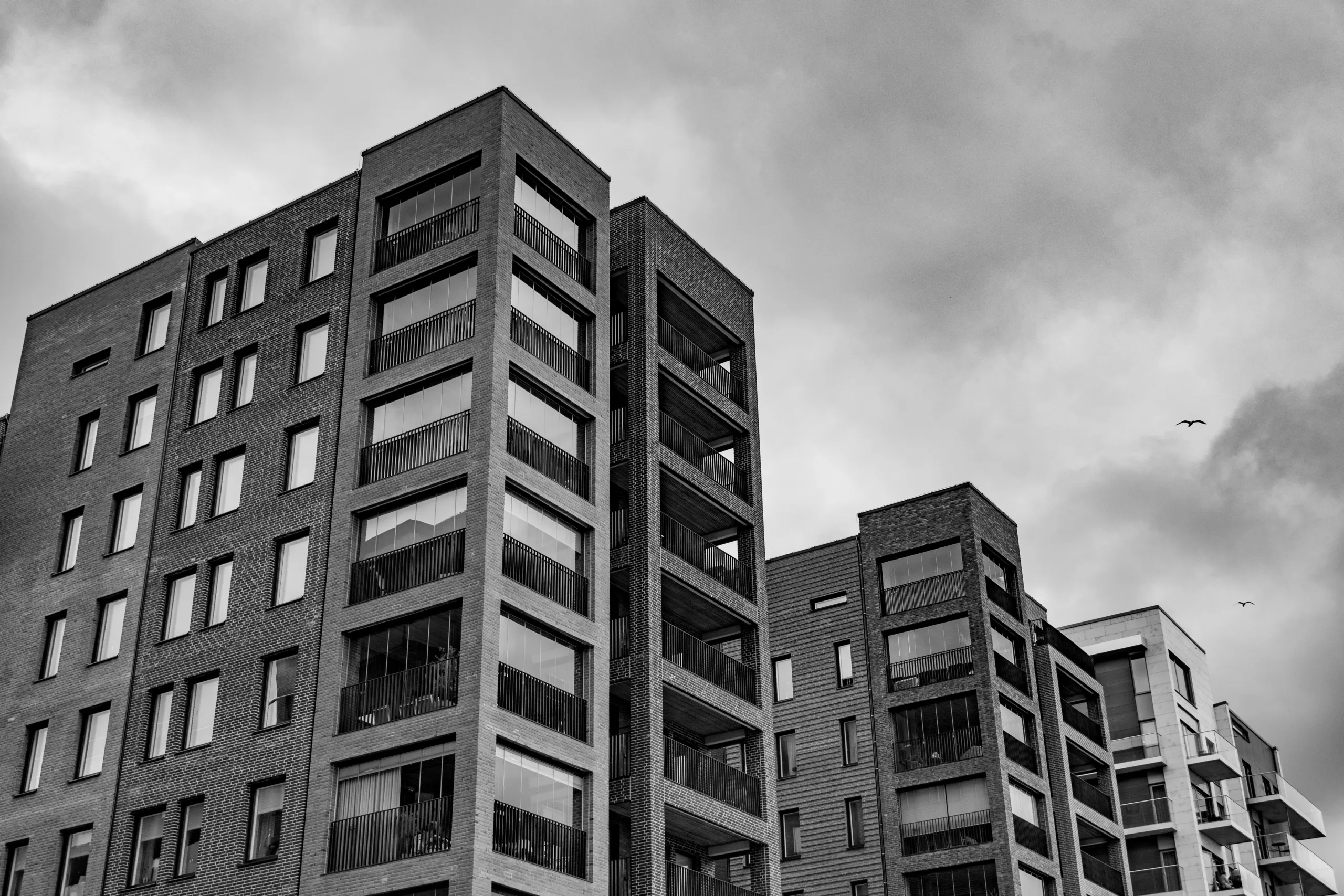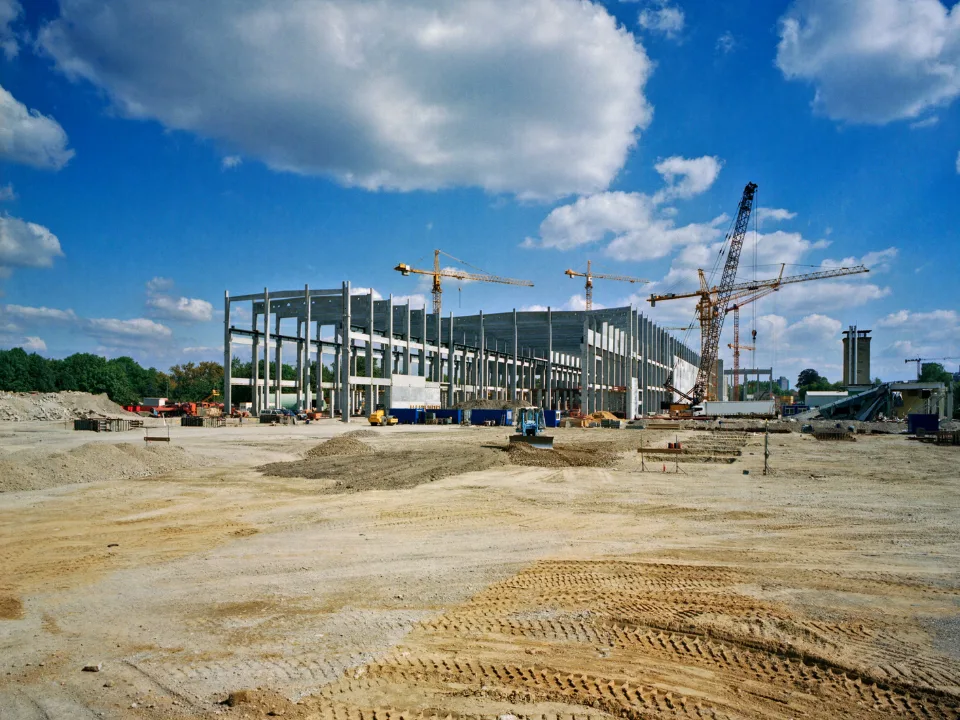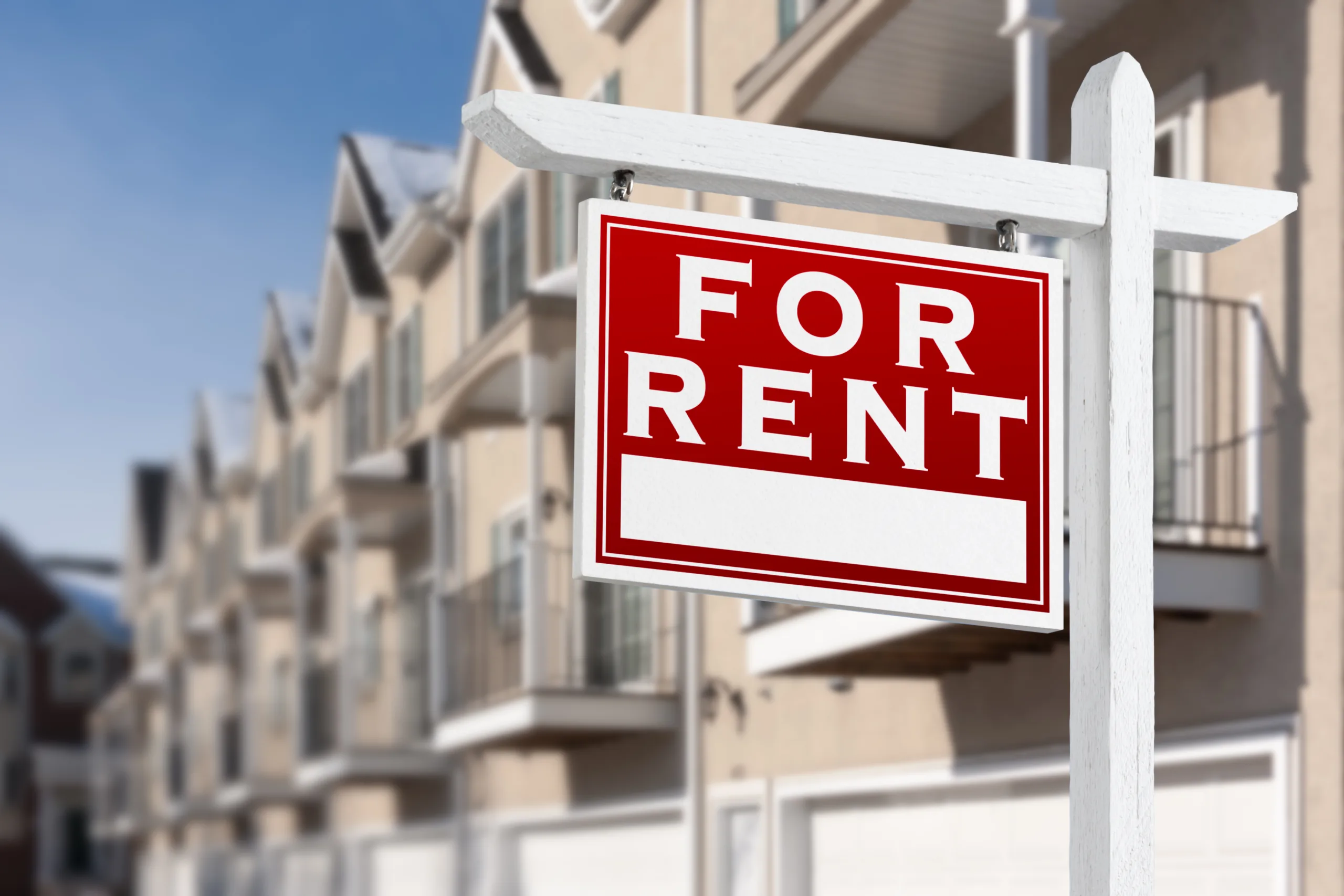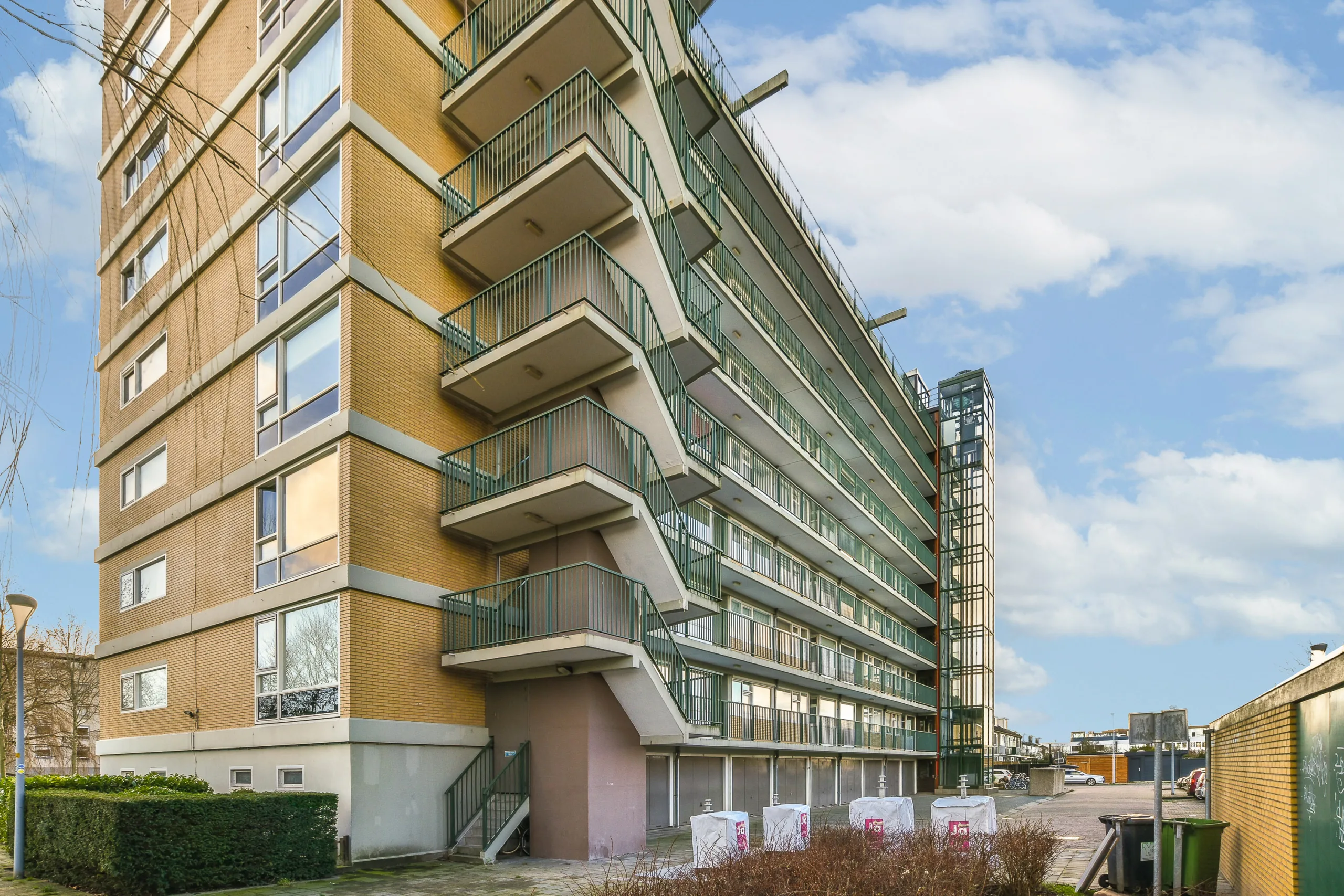At first glance, it might seem like a tough time to build. Interest rates are high, construction costs have surged, and certain markets are still digesting a wave of new apartment deliveries. Many developers have hit pause, and cautious investors have followed suit.
But in real estate, timing is everything — and history shows that some of the best returns are made by those who build when others won’t. The truth is, the long-term fundamentals for multifamily housing have never looked better. New development starts have plummeted, future supply is drying up, and rental demand remains as strong as ever.
Developers who can move forward now will be perfectly positioned to deliver new communities into a vastly undersupplied market by 2026 and 2027, when rents are rising, vacancy is tightening, and institutional investors are actively chasing new, stabilized assets.
This report breaks down the data, the trends, and the opportunity, and explains why now is one of the smartest times in years to be in multifamily development.
What’s Stalling New Multifamily Construction?
According to the March 2025 NMHC Construction Quarterly Survey, multifamily development remains challenging on several critical fronts, with five primary issues continuing to disrupt projects. Permitting delays were cited by 58% of respondents, with approval timelines in many markets now stretching beyond five or six months. While slightly improved from record highs in late 2024, permitting remains one of the most persistent barriers to getting projects underway. Market conditions and repricing challenges also remain significant, with 75% of developers reporting deals being repriced, driven by shifting construction costs, higher interest rates, and tighter financing terms.
On the labor front, availability has become mixed. While 28% of respondents reported more available labor, 16% noted that labor was less available than three months ago, marking the highest labor shortage since mid-2023. Material delays persist, with 26% of respondents reporting material-related delays, especially around electrical equipment and other key inputs, which continue to impact schedules and budgets.
Finally, financing remains tight. The NMHC survey showed that most developers expect debt and equity availability to stay flat over the next three months, while long-term outlooks are clouded by increased uncertainty. Only 4% of respondents expect equity to become more available soon, down sharply from 19% last quarter. These five factors—permitting delays, deal repricing, labor challenges, material delays, and capital market constraints—explain why multifamily development remains difficult and why new construction starts have fallen so sharply entering 2025.
Get Smarter about what matters in CRE
Stay ahead of trends in commercial real estate with CRE Daily – the free newsletter delivering everything you need to start your day in just 5-minutes
The Supply Cliff Is Coming
The projected supply in the coming years has decreased substantially. According to recent reporting from CBRE and Marcus & Millichap, while deliveries in 2024 and 2025 will remain historically elevated, starts have fallen dramatically since Q3 2023, down more than 60% year-over-year in many Sunbelt and Midwest markets.
The multifamily housing supply is set to decline sharply after peaking in 2024, driven by a significant drop in new construction starts. It typically takes 1-3 years for new developments to be completed, so the surge in supply we’re seeing now is a direct result of projects that began in 2021 and 2022 when interest rates were low. During that time, the cost of capital was cheaper, banks were lending freely, and the market conditions were much more favorable. Under these conditions, projects were easy to pencil out and sell, leading to a record number of new deliveries in 2024. However, since interest rates began rising in 2022 and the market has shifted, far fewer projects have been able to move forward, contributing to the sharp decline in future supply.
While many units will still be delivered in early 2025, the real downturn will become evident by 2026. Total ongoing apartment construction has already fallen to 654,000 units, lower than pre-pandemic levels and nearly half of the peak seen two years ago.
With new construction starts at a 10-year low, future supply is expected to decrease even further, leading to a much tighter market in the coming years. Markets like Houston, Minneapolis, Orlando, and Chicago are already seeing supply diminish rapidly, while others like New York, Los Angeles, Charlotte, Phoenix, and Washington, D.C., still have peaks expected in 2025 due to longer development timelines. For most of the country, however, new apartment supply should remain steady through early 2025 before experiencing a steep decline.
What happens when new supply dries up?
- Less competition for lease-ups and renewals
- Downward pressure on vacancy rates
- Upward pressure on rent growth
- Greater pricing power for developers selling stabilized assets
Investors Are Moving Away From Older Properties
Another important trend is the changing preference of both institutional and private investors.
For years, value-add Class B/C acquisitions dominated the multifamily landscape. But as those deals have become harder to source, and operational risks have increased (rising insurance costs, deferred maintenance, tenant turnover, crime issues), capital is shifting toward newer vintage, stabilized, low-capex properties.
GlobeStreet.com reported properties built after 2017 have dominated U.S. multifamily transactions in 2023 and 2024 as buyers seek stable cash flows and modern amenities. This shift is driven by a flight to quality, with investors prioritizing core and core-plus strategies that focus on newer, high-quality assets.
Investors are willing to pay a premium for newer assets because they:
- Attract more credit-quality residents
- Experience lower maintenance and repair costs
- Require less upfront capital for renovations
- Enjoy fewer operational headaches
- Generally experience less crime
New development deals uniquely position sponsors and investors to meet this growing demand, providing clean, well-amenitized, modern communities that command top-of-market rents.
Why New Development Is the Superior Strategy Right Now
It might feel counterintuitive, but the best opportunities in real estate often appear when market conditions are challenging. High interest rates, tighter financing, and economic uncertainty have caused many developers to pause.
As a result, new construction starts have fallen dramatically, setting the stage for a future supply shortage. Meanwhile, demand for rental housing remains strong, and homeownership is becoming increasingly unaffordable.
Developers who can navigate today’s challenges and start projects now will be ideally positioned to deliver new communities into a market with limited competition, rising rents, and strong tenant demand just a few years from now. 2025 and beyond will be a fantastic time to invest in ground-up multifamily development.
Benefits of developing new properties now:
- Delivery into a low-supply, high-demand window (2026–2027)
- Ability to command premium rents in newer, Class A communities
- Attracting high-income, lower-risk resident profiles
- Lower repair, maintenance, and turnover costs for years to come
- Greater pricing power at sale due to institutional appetite for new assets
As inflation stabilizes and rates normalize in the coming years, cap rates are expected to compress, disproportionately benefiting new developments that hit the market in the late 2020s.
About Goodin Development
Goodin Development is a multifamily development firm headquartered in Indianapolis, Indiana. They focus exclusively on Class A, luxury apartment communities throughout Indiana.
Goodin Development works alongside municipalities through strategic public-private partnerships to build vibrant, high-quality communities. They also help accredited investors invest in real estate, without any of the added stress and responsibilities that come with being a landlord.
To learn more about Goodin Development’s current projects or investment opportunities, visit goodindevelopment.com.
Sources:
- Madera Residential -Trends in Rent Growth, Future Outlook, and The Impact on Development Decision-Making
- https://www.nmhc.org/research-insight/nmhc-construction-survey/2025/quarterly-survey-of-apartment-construction-development-activity-march-2025/
- https://www.cbre.com/insights/books/us-real-estate-market-outlook-2024/
- https://www.globest.com/2024/10/14/multifamily-investors-target-newer-assets-for-stable-cash-flows

















